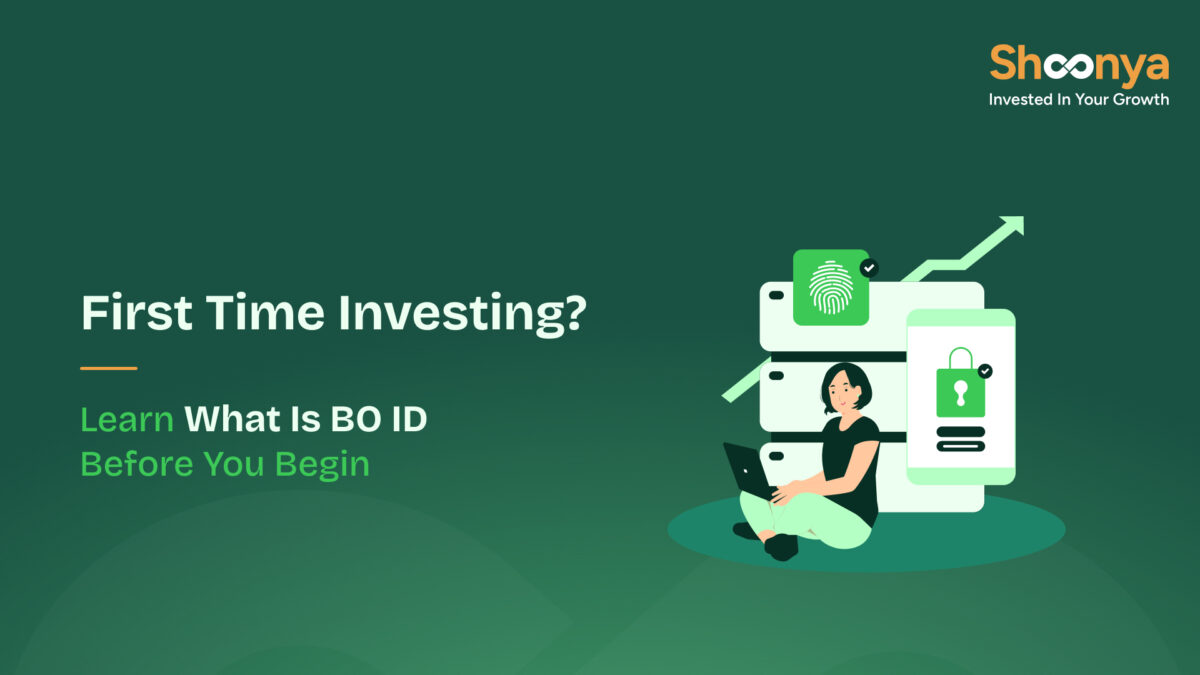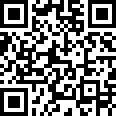What Is BO ID and Why Every Demat Account Holder Should Know It

If you are a first-time stock market investor, you will come across terms such as BO ID, DP ID, Demat Account, CDSL, NSDL and more. A Demat account is where your shares and mutual funds are held in electronic form. CDSL and NSDL are the two depositories in India that safeguard these holdings, and your broker, known as a Depository Participant (DP), acts as the link between you and the depository. The DP has its own identification number called the DP ID, and you, as the investor, get a Client ID, which together form your Demat account number. Among these, the BO ID is your unique identification in the depository system.
This 16-digit code is what actually identifies you as the rightful owner of your shares and mutual funds in electronic form.
Let’s see what a beneficiary ID means and how to find a DP ID.
What is a BO ID?
The BO ID or full-form Beneficial Owner Identification Number is a distinct 16-digit number given to every Demat account holder registered with Central Depository Services Limited (CDSL).
BO ID means an official ID within the stock market.
The Structure of Your BO ID
The first 8 digits represent the Depository Participant with whom you opened your account. The next 8 digits are yours and yours alone.
Together, the number builds a bridge between you, your broker, and the depository that safeguards your securities.
Learn more about Depository Participant
BO ID in CDSL vs NSDL
While every Demat account comes with a Beneficial Owner Identification number (BO ID), the format differs depending on which depository your account is linked with — CDSL or NSDL.
1. BO ID in CDSL
- A BO ID in CDSL is a 16-digit purely numeric code.
- It is divided into two parts:
- The first 8 digits represent your Depository Participant ID (DP ID).
- The last 8 digits represent your Client ID.
- Example: 1208160001234567
- Here, 12081600 is the DP ID.
- 01234567 is the Client ID.
2. BO ID in NSDL
- In NSDL, the Demat account number (BO ID) is a 14-digit numeric code that always starts with the letters “IN”.
- The format looks like: IN + 14 digits.
- Example: IN30039412345678
- IN300394 identifies the DP.
- 12345678 is the Client ID.
- CDSL BO ID → 16-digit numeric only (e.g., 1208160001234567).
- NSDL BO ID → Alphanumeric, starts with “IN” followed by 14 digits (e.g., IN30039412345678).
The BO ID is generated when you open a Demat account with a Depository Participant, which is usually your broker, and it connects back to either of the two depositories in India, CDSL or NSDL.
Every time you buy or sell, every time a dividend is credited or a bonus share is allotted, this number ensures that the transaction is tied to you.
Why is BO ID Important
- Helps in Identification
This number is your official identity. It confirms that the securities are held in your name, not in the name of your broker or any middleman.
- Important for Transactions
Whenever you place a buy or sell order, the execution flows back to this BO ID. It ensures that the shares you bought are credited directly into your account and that the shares you sold are debited correctly.
- Corporate Actions
From dividends and rights issues to bonus shares, companies need to know exactly where to credit these benefits. They do it through the BO ID.
- It Helps in Record Keeping
Every transaction has a track record, and this number makes sure that the trail belongs to you. Years later, when you look back at your investment history, the accuracy you see is because every trade and every benefit was mapped back to this unique ID.
- Ensures Security and Transparency
In a market where billions change hands daily, security cannot be left to chance. The BO ID anchors every transaction to one account, making it difficult for errors or manipulation to creep in. Regulators also find it easier to maintain transparency in the system because this number provides clarity about who owns what.
How to Find Your BO ID
Your BO ID is easy to locate-
1. Check Your Demat Account Platform
The simplest route is through the broker’s online platform or mobile app.
- Log in carefully using your registered credentials on your broker’s website or app.
- Go to your profile section. Depending on the broker, this could be named “My Profile,” “Account Settings,” or “Account Information.”
- Locate your Demat details. Here you will see a line item called “Demat Account Number,” “Beneficiary ID,” or directly “BO ID.” The 16–digit number you see there is the one that officially identifies you with CDSL or NSDL.
How to Find Your BO ID in Shoonya
If you are using the Shoonya App, the process is simple:
- Open the app and click on the three lines in the top left corner.
- Explore Hub > Settings > Profile.
- Your BO ID will be displayed there.
You can also check it through:
- Prism Profile: Log in at prism.shoonya.com to see your BO ID details.
- Shoonya Back-office Portal: Your back-office dashboard also lists your BO ID along with other Demat details.
2. Review Account Statements and Broker Communications
- Consolidated Account Statement (CAS): This is issued monthly or quarterly and is sent to your registered email by CDSL or NSDL. It always includes your BO ID because regulators mandate it.
- Contract Notes: After each trade, your broker sends a contract note. Many brokers include the BO ID on these notes, so scanning through one of your recent notes can help you locate it.
3. Contact Your Broker or Depository Participant (DP)
If online and document checks do not give you clarity, the final and foolproof method is to ask your broker directly. You can reach out to customer support by phone, chat, or email.
How to Find Your DP ID and Demat Account Number
Once you understand what a BO ID is, the next step is to know how your DP ID and Demat account number.
1. Through Your Broker’s Platform
Log in to your broker’s website or mobile app. Head to the “Profile,” “Account Details,” or “Demat Details” section. You will find your DP ID and Demat account number clearly listed there.
2. In Your Account Statements
Every month or quarter, you receive a Consolidated Account Statement (CAS) from the depository. This document always lists your Demat account number.
3. Contact Your Broker or DP
If you cannot find the details online or in documents, your broker’s customer service team can help. After verifying your identity, they can share your DP ID and Demat account number with you.
How to Find Your BO ID – FAQs
Yes, an individual can have multiple Demat accounts linked to the same PAN number. However, multiple Demat accounts with the same depository participant are not allowed.
Yes, multiple securities can be held, such as stocks, mutual funds, government securities, etc., in one Demat account.
It helps track the ownership and movement of securities held in the Demat account and can be used for all transactions related to the Demat account.
Yes, you can transfer shares from one Demat account to another.
You need a BO ID because it is your unique identifier in the depository system, allowing you to buy, hold, and sell securities in demat form.
A BO ID is a 16-digit number which is made up of the first eight digits as the DP ID and the last eight digits as your Client ID.
Disclaimer: Investments in the securities market are subject to market risks; read all the related documents carefully before investing.








